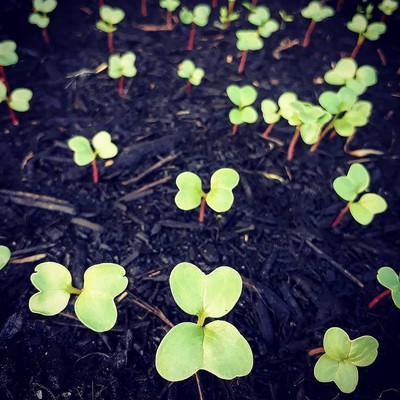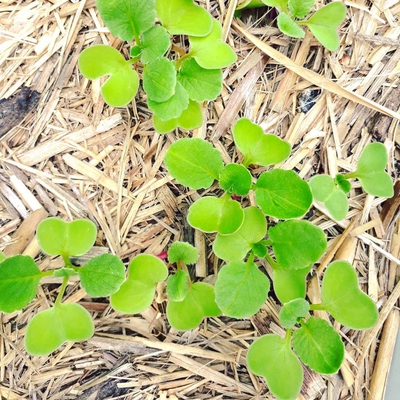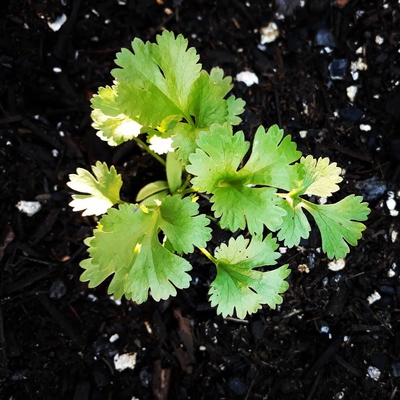Organic Garden Management
Organic garden management is essentially managing your garden without the use of synthetic chemical products. There are many simple ways to control pests and diseases organically, particularly in a small scale garden. While no garden is ever completely free of pests and diseases, the damage can be minimized by the following pest control methods. There are also many amazing organic fertilizer options which work wonders in your garden to improve both soil and plant health without the use of sythetic chemical fertilizers.
 Beneficial Insects
Beneficial Insects
Not all critters that you find in your garden are bad news. Insects such as Ladybugs, Bees, Praying Mantis, Hoverflies, Lacewings and Dragonflies play a crucial role in your edible garden and are vital to it's success. These insects help to pollinate your crops and control the spread of pests and diseases. Without beneficial insects, crop production would be minimal and pests would very quickly take over. For more on beneficial insects and how to attract them to your garden, be sure to read through the 'Beneficial Insects' guide.
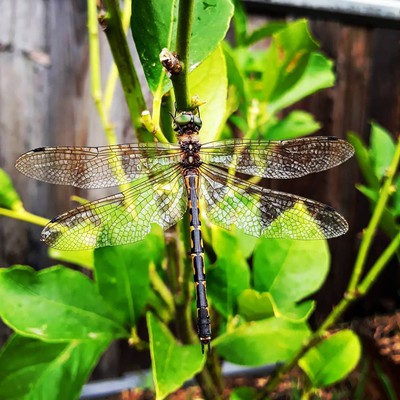
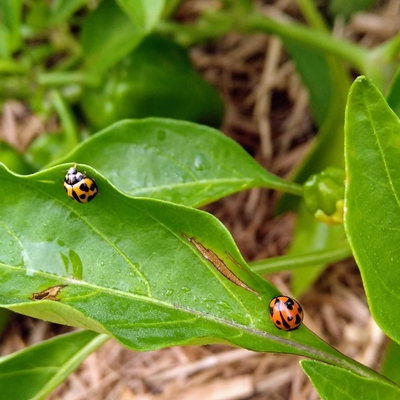
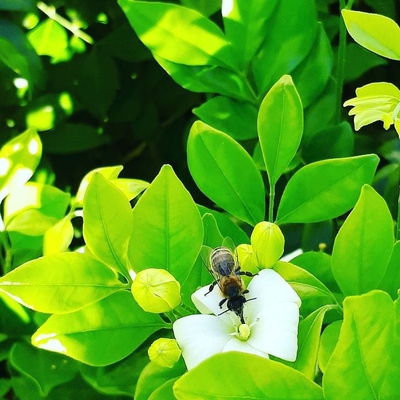
 Waste Management
Waste Management
We are all aware of the importance of keeping a clean kitchen, but did you know that the same benefits apply to your garden? Keeping a clean garden is simple and doesn't require any special knowledge, skills or fancy cleaning products. What it does require is a little commitment and some elbow grease.
It's important to clean your garden regularly by removing dead or diseased leaves off your plants, picking up fallen leaves and fallen fruit from in and around your garden beds and pulling up weeds as they appear. Weeds and decaying garden waste provide refuge for pests and can also harbor diseases that can affect your crops. It's amazing how many pest and disease issues can be avoided by having a tidy growing space.
The reasons for keeping a kitchen hygienic are pretty self explanatory, and to a lesser extent the same reasons apply to your garden. It's wise not to add any diseased or insect infected matter to your compost pile, as they have the potential to re-emerge in your garden beds when the compost is added. Likewise, it's important not to compost any weeds that have gone to seed as they too may re-emerge.
The same way that each member of your family receives a clean set of cutlery at meal time, it's essential that each one of your plants gets pruned with clean pruning equipment. Disinfecting your pruning tools between use on each plant will help eliminate the transfer of diseases from one plant to another.
Maintaining these simple practices in your garden will keep your plants healthy and growing well. Doing a little each week will help keep things in check and make your gardening experience more enjoyable.
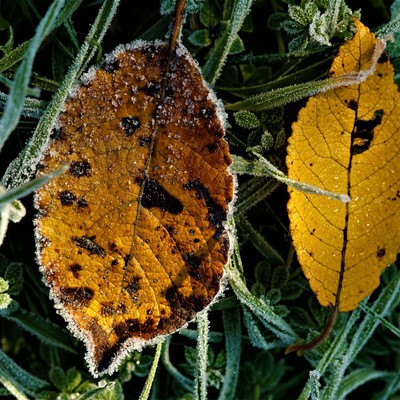
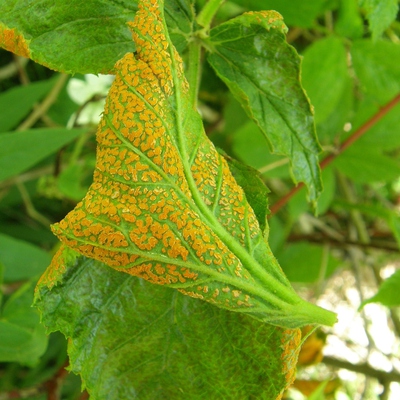
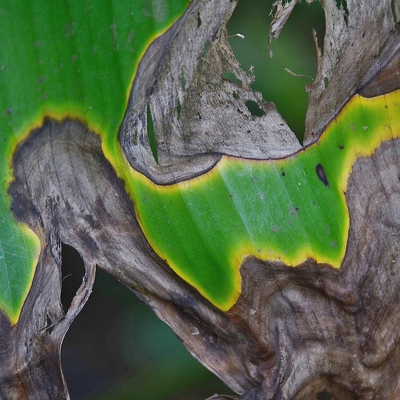
 Watering
Watering
When watering your plants there are a few simple things to keep in mind. Since diseases require water for survival just as much as plants do, the way you water can make a big difference to your plants health.
Watering at the base of the plant, rather than from above will allow the water to go straight to the root zone where it's needed, while limiting moisture on the plants foliage. Moisture sitting on foliage particularly overnight or in humid weather is the perfect breeding ground for diseases.
If overhead watering is unavoidable, then it's best to water in the morning so that leaves have ample time to dry throughout the day. Watering in the morning also allows plants the time to absorb water without competing with evaporation from the midday sun.
Be-careful not to over water your plants. The effects of over watering can look similar to those of under watered plants, so it's easy to misinterpret these signs. Unfortunately, a plant that has been over watered is a lot harder to save than a plant that has been under watered. Over watering causes plant roots to rot which essentially leads to suffocation and drowning. The base of the stem may become soft and mushy, plant leaves will begin to drop off and signs of fungal growth may appear on the soils surface.
Daily watering is not required. Deep watering less often, is so much more beneficial to plants than quick, shallow watering done more often. Only water when required. Before watering, place your finger into the soil as far down as it can go and only water if the soil feels dry at a fingers depth. Don't water during or after periods of heavy rain, water less often in cooler seasons and water regularly in hot, dry conditions.
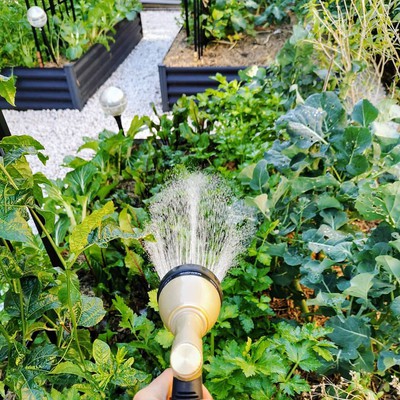
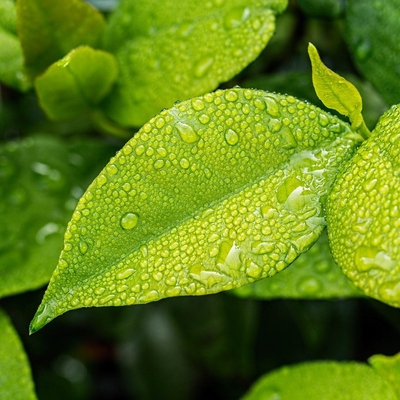
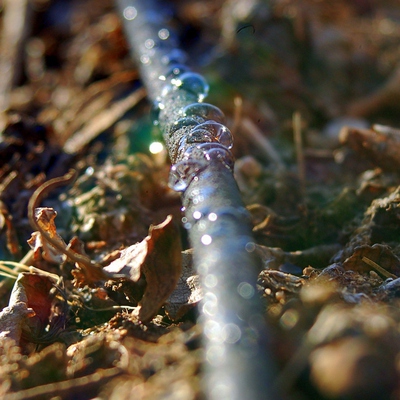
 Soil Health
Soil Health
In order to maintain a healthy and productive garden, it's vital to care for the health of your soil.
It's essential that soil nutrients are continuously being replenished, particularly at the start of each growing season. Crops grown in depleted soils don’t have enough minerals to produce the nutrient-rich food that our bodies require. Stressed, nutrient deficient plants are also the first to succumb to pest and disease attacks. Healthy plants are more resilient as they have a stronger immune system to fight against pest and disease damage and other environmental stressors.
The good news is, replenishing your soil is easy. The following suggestions are effective ways of maintaining great soil.
Compost is essential for soil health. Simply adding a few inches of organic matter in the form of finished compost and/or well-rotted animal manure (cow, sheep, chicken, horse) before each growing season will do wonders for your soil. Compost enriches soil by improving its structure and increasing its water holding capacity. It improves drainage in clay soils and water retention in sandy soils. Compost provides a habitat for beneficial soil life, from beneficial bacteria to earthworms.
Earthworms break down organic matter, releasing essential nutrients and minerals into the soil which work as a natural fertiliser. Earthworms also help aerate the soil by building tunnels, creating loose and fluffy soil which is perfect for root development and increasing the plants ability to access water.
Seaweed is full of essential minerals that do great things for soil and plant health. Seaweed improves soil structure and increases it's moisture holding capacity. Seaweed also encourages the growth of beneficial microorganisms, who make nutrients available to your plants by converting them into forms that are easy to absorb.
Seaweed helps stimulate root growth due to the presence of growth hormones, it also improves seed germination rates. Seaweed helps plants settle into their new environment and significantly decreases the risk of transplant shock. It helps plants cope with heat stress and stresses caused by pest damage. Seaweed also promotes flowering and fruiting, which is great for edible gardens.
Most nurseries sell bottled seaweed solutions which are very easy to apply, simply add a small amount into a watering can, dilute with some water and apply it to your garden.
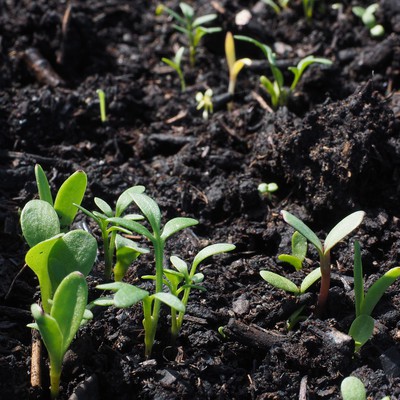

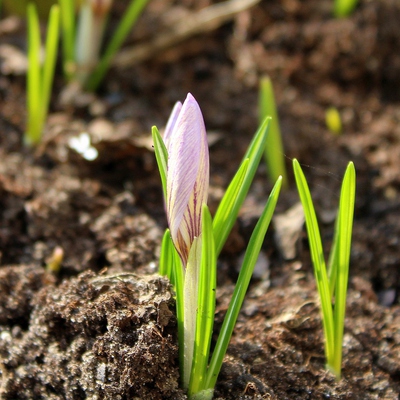
 Organic Fertilizers
Organic Fertilizers
There is nothing more beneficial for your plants than homemade compost. The range of nutrients that compost provides is second to none. The great thing about compost is that it feeds the soil as well as the plants and releases nutrients slowly so that the plants can uptake them as required. Compost also improves soil structure, providing the ideal growing conditions for plants.
Fertilizers are another way of providing your plants with an additional boost of nutrients. Fertilizers are plant food, so its vital to ensure that they are well balanced. When and what you feed your plants, is very important to their overall health as well as the health of the soil. There are certain times throughout the season when plants really benefit from a good boost of energy, these include times of poor weather, pest attacks and during periods of flowering and fruiting. Regular feeding is vital for plants that are growing in containers as the nutrients in the soil are depleted at a much faster rate than in ground soil.
Plants require three main elements to maintain good health.
- Nitrogen (N) to produce leafy green growth
- Phosphorus (P) for a healthy root system as well as new growth
- Potassium (K) for flowering, fruiting and general hardiness
Commercial fertilizers, both organic and inorganic will provide a balance of all three of these elements. Fertilizers which are targeted to specific plants will have varying quantities of these elements to achieve certain outcomes.
If you opt to use an organic fertilizer, there are a wide range of options that are available. There are also many simple, but highly effective fertilizers that can be made at home for very little cost at all. Organic fertilizers are extremely beneficial as they not only support the health of the plant, but contribute to the long term health of the soil. Below we have highlighted eleven fantastic fertilizer options and how to best use them in your garden.
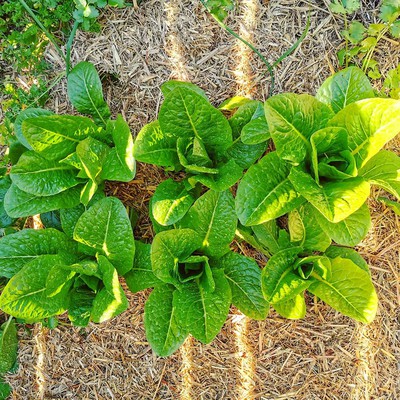
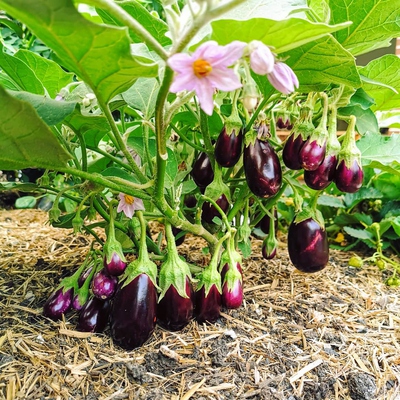
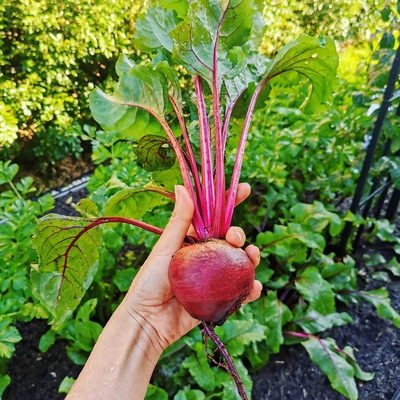
Fish Emulsion improves soil fertility and encourages earthworms and beneficial microbes to feel at home in your garden. It's rich in vitamins, minerals and trace elements which stimulate plant growth and boost plants immune system. Fish Emulsion is a great organic fertilizer, particularly for edible gardens and can be purchased from most nurseries. Fish fertilizers are generally sold in a concentrated liquid form and diluted with water before use, they can also be purchased in pellet form. Fish Emulsion can be made at home, although it can be quite a smelly task.

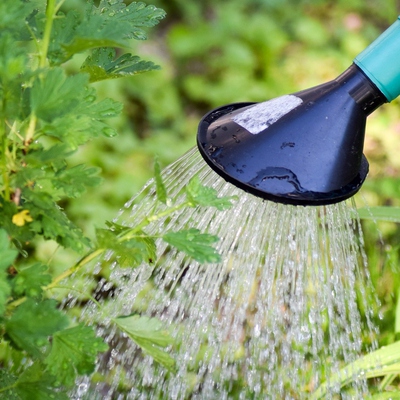
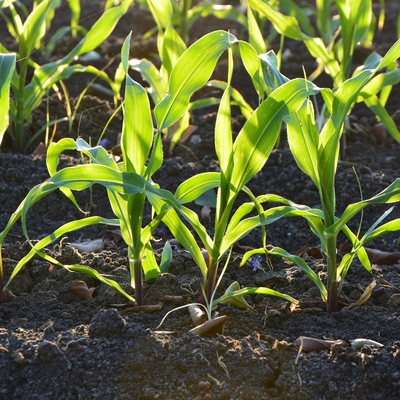
Comfrey is a plant that is highly regarded for it's use as an organic fertilizer. It's leaves contain a well balanced mix of the three essential elements, as well as trace elements and other nutrients, and extracting it's goodness for use in your garden is quite simple to do.
Comfrey Liquid Fertiliser
- Using a pair of gloves, harvest a large bag of Comfrey leaves. Be sure to wear gloves as Comfrey can cause skin irritation.
- Place the leaves into a large tub or bucket and weigh them down. You can tear or bruise the leaves before hand to speed up the decomposition process.
- Pour some rainwater into the tub, just enough to just cover the leaves.
- Cover the tub with a lid and keep it away from your house as the contents will become quite smelly as the leaves break down. Leave the mixture to decompose for a few weeks.
After a few weeks the Comfrey liquid will be ready for use. Before use, dilute the liquid with 10 parts rainwater to 1 part Comfrey liquid. Add the diluted solution to a watering can and use it to water your plants.
Comfrey is an invasive plant, so be sure to keep it contained or grow a variety such as Bocking 14 which will not self seed all over your garden.
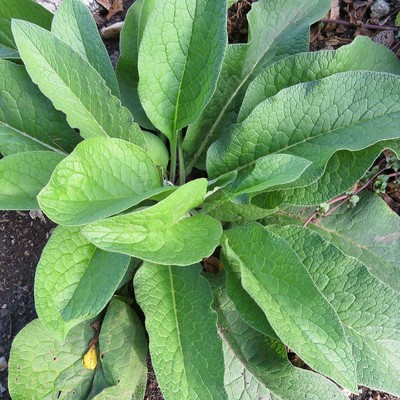
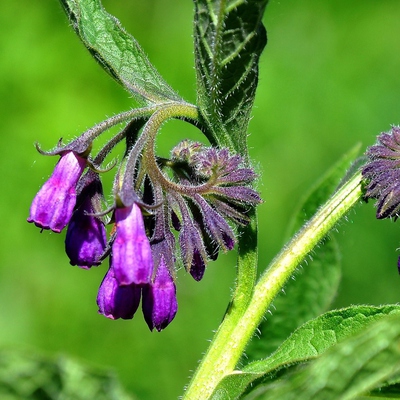
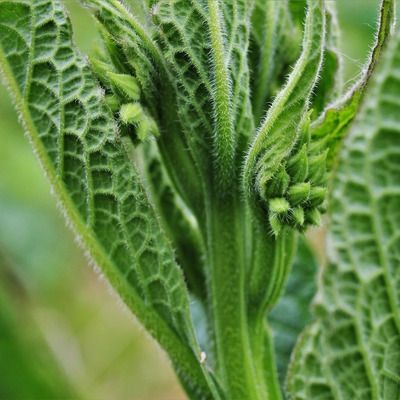
Stinging Nettles are a great source of Nitrogen and can also be used to make liquid fertilizer. It’s extremely important to wear gloves when working with Stinging Nettle, as it is true to its name and will give you a nasty sting!
Stinging Nettle Liquid Fertilizer
- Using a pair of gloves, harvest a large bag of Stinging Nettle leaves.
- Bruise or chop the plants using a shovel and place them into a large bucket or tub and weigh them down.
- Cover the leaves with rainwater and place a lid over the tub.
- Leave for a few weeks.
After a few weeks, the Nettle fertilizer will be ready for use. Dilute the liquid with rainwater until it looks like the colour of weak tea, place it in a watering can and use it to water your garden.
You can also make a fertilizer using a combination of Stinging Nettle and Comfrey by adding both leaves to a tub and following the name method, with a dilution rate of 10:1.
Caution: While it may be tempting to use this power packed home-made blend all at once, it’s important to be measured in your application, only using small amounts every month or so, as too much fertilizer can be detrimental to the health of your plants.
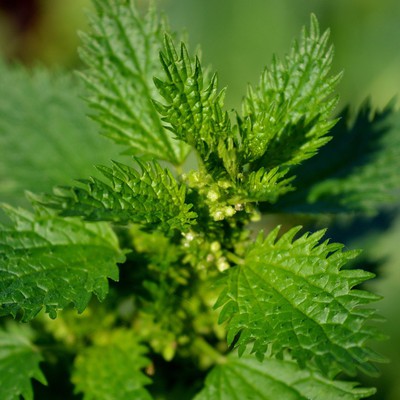
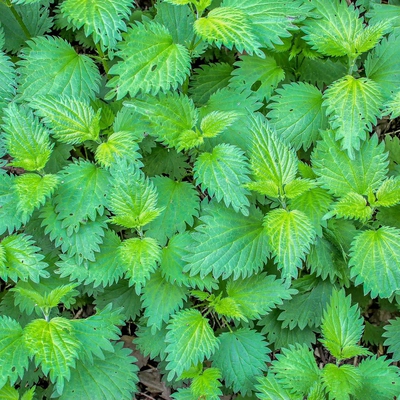
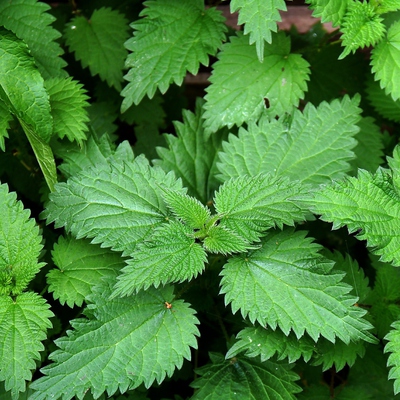
Grass clippings are also a great fertilizer. Unlike liquid fertilizers which are very quickly absorbed by plants, grass clippings release nutrients very gradually as they break down into the soil. Grass clippings can be used as a mulch around your plants or added to your compost pile, provided they are from an organic source. Grass clippings are rich in Nitrogen and will feed the soil as they break down, promoting leafy green growth on plants. When using clippings as a mulch, be sure to apply them in a thin layer, under an inch. It's also recommended to use dry clippings as wet grass clippings can mat down and become compact, reducing oxygen and preventing moisture from reaching the soil.
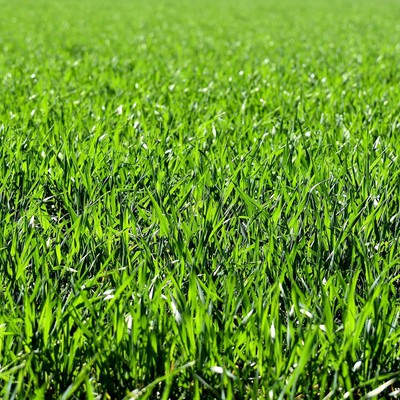
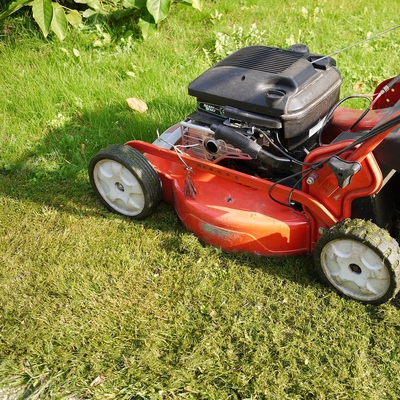
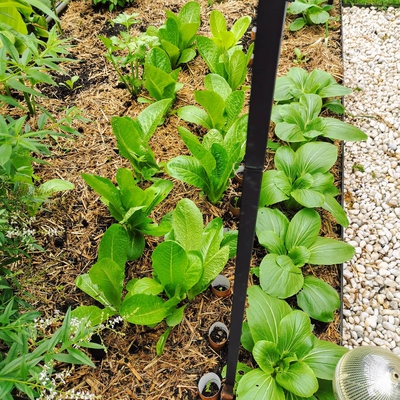
Just like Comfrey and Stinging Nettle, weeds that you find around your garden (with the exception of those in the tomato family) make excellent fertilizers as they are high in nitrogen. Unlike grass clippings, it's best to avoid using weeds as mulch or adding them to your compost pile as this may spread weed seeds into your garden beds. Using weeds to make a liquid fertilizer following the same method used for Comfrey and Stinging Nettle is the way to go. Before use, dilute the finished liquid with rainwater until it looks like the colour of weak tea.
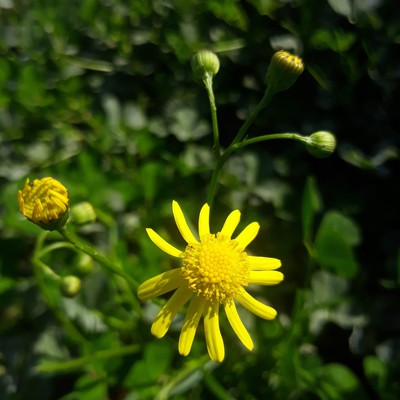

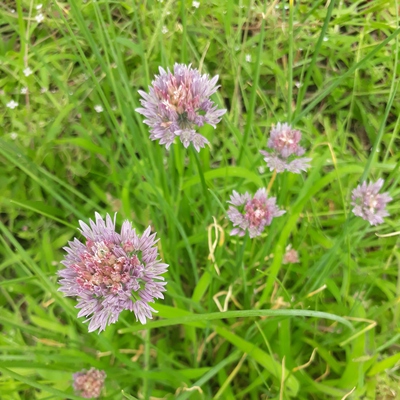
Using kitchen scraps to make compost is the best thing you can do for your garden. Compost not only adds nutrients to the soil, but also improves the soil structure. Compost also attracts earth worms and beneficial organisms which help to aerate the soil, and break down organic matter making nutrients readily available to plants. Kitchen scraps can be broken down using traditional composting methods, or they can simply be buried in the soil in a vacant part of your garden as they break down. Once the buried scraps have broken down, you can plant directly into that soil or relocate the nutrient rich soil to improve other parts of your garden.
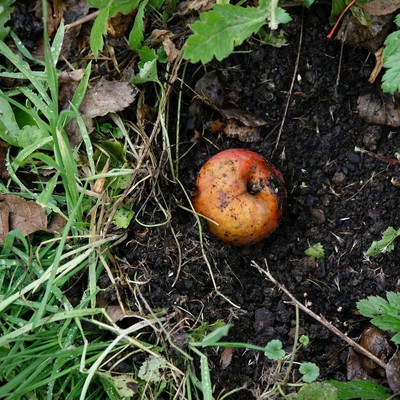
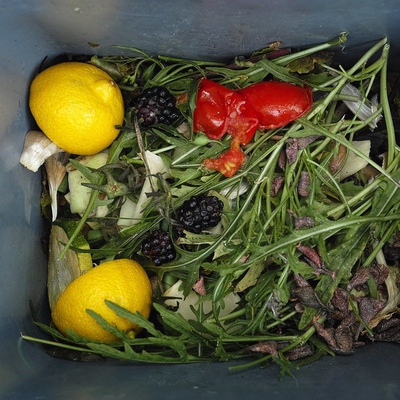
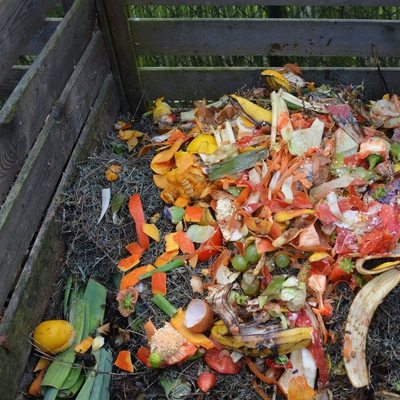
Cow, horse, chicken and sheep manures are very commonly used to add nutrients to soil and are fantastic for improving soil structure. Manures are very high in nitrogen and other nutrients, so you want to add them to your garden in small amounts. It’s vital that the manures are well rotted and not raw when added into the garden, as raw manure is highly acidic and can burn your plants. Manures that are purchased in bags from nurseries are generally ready to use, freshly harvested manure should be composted first.
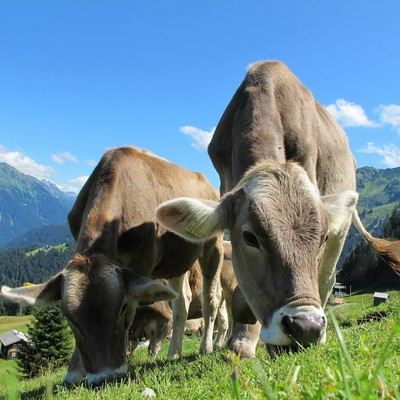
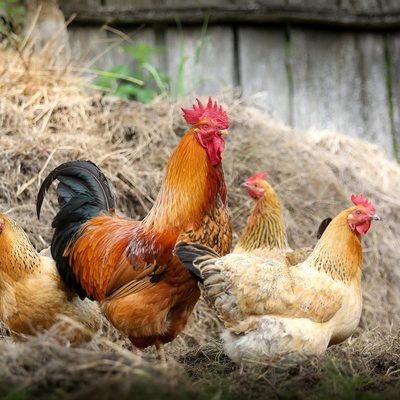

Tree leaves are power packed with nutrients and trace minerals, they also retain moisture and attract earthworms to your garden. You can add tree leaves to your compost heap or even mix dried, crushed tree leaves into dense garden soil to aerate it and make it lighter. Crushed, dried leaves also make a great mulch as they suppress weeds and feed your soil as they breaks down.
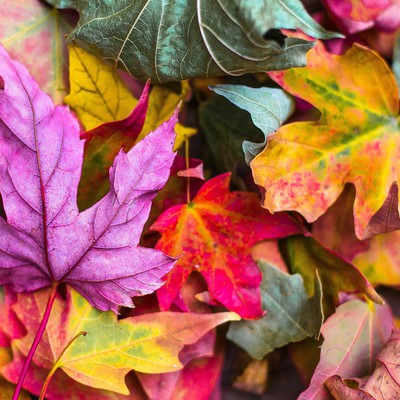
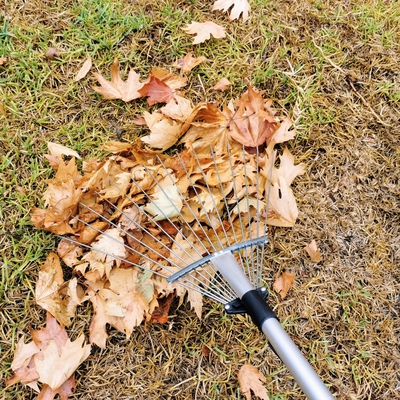
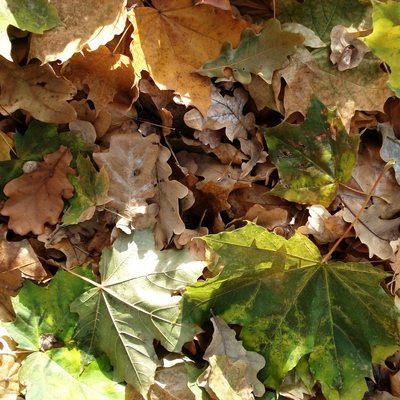
Coffee grounds have a few great uses in the garden, one of them being their use as a fertilizer. Coffee grounds are a great source of nitrogen and can be added to your compost heap, they can also be scattered in small amounts on the surface of your soil or over your mulch so that they can release nutrients gradually. Plants such as Blueberries particularly benefit from a top dressing of coffee grounds as they enjoy the acidity that the coffee provides. Be sure to use coffee grounds sparingly, a light top dressing is all that is required to achieve results. Avoid mixing the coffee grounds throughout the soil as it can be too intense for plants and can stunt their growth.
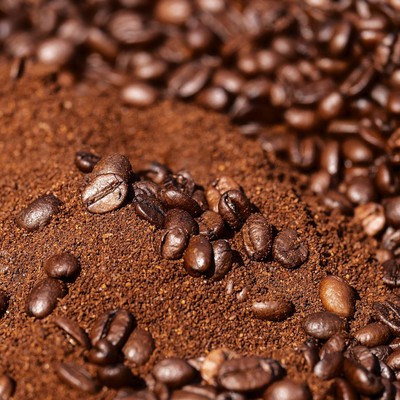
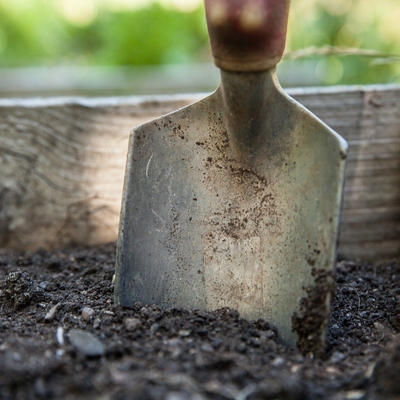
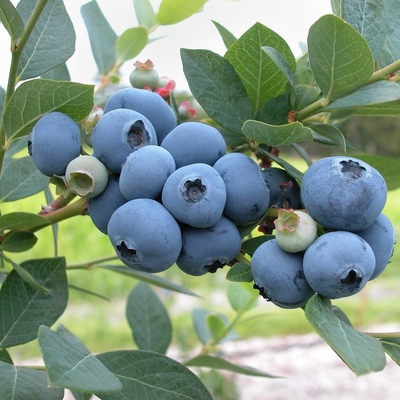
Eggshells are high in Calcium and are popular among plants and worms. Eggshells can be used throughout the garden as a slow-release source of Calcium. Simply wash the eggshells to avoid any mold growth and allow them to dry in a sunny spot, you can also place them in a warm oven to dry out. Once dry, blend them up and sprinkle them around your plants, particularly your Citrus trees as they enjoy the additional Calcium.
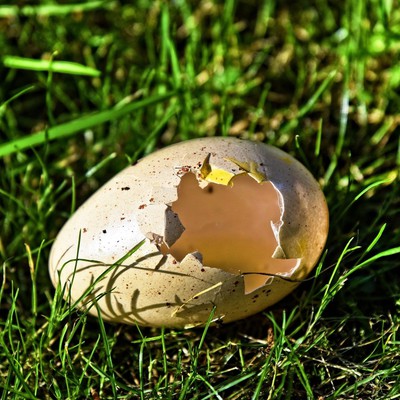
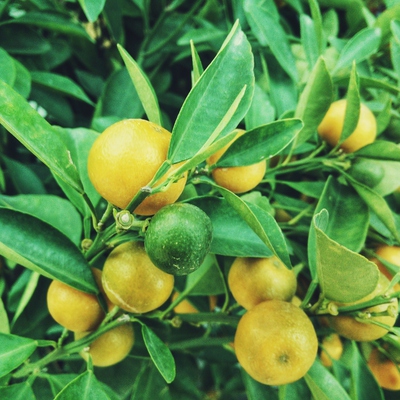
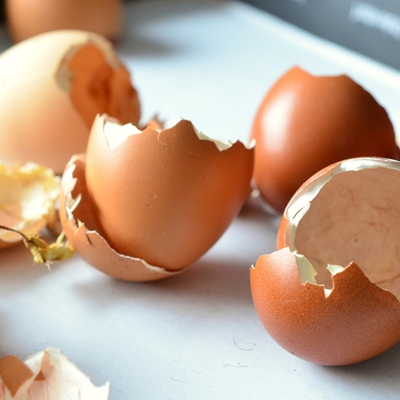
Bananas are a fantastic source of Potassium for both you and your plants. Banana peels can be added to your compost heap or simply buried in the top layer of soil around plants and trees. The buried peels will provide a slow-release Potassium source for plants as they break down.
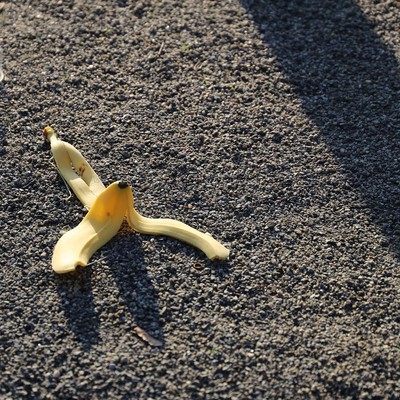
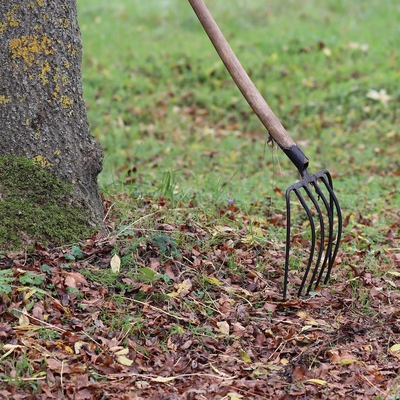
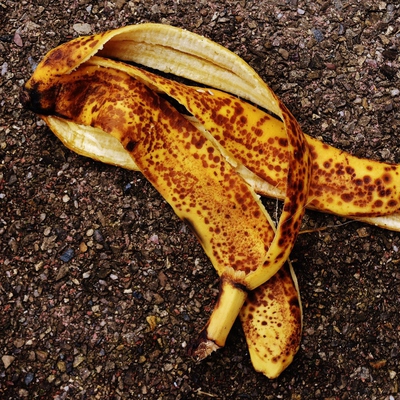
 Spacing
Spacing
Crowded plants often have limited airflow between them and restricted access to sunlight. When garden beds are too densely planted it creates dark, damp and humid environments which are the perfect breeding ground for plant diseases such as mold, mildew and rust. These dark, damp environments also provide the perfect hiding places for pests.
Plants that are over crowded grow poorly due to competition for water, nutrients and light. These plants will not crop well and will also be more vulnerable to pest attacks. It's important to map out your garden before planting to avoid spacing issues. Resist the temptation to squeeze in those extra few seedlings, as those seemingly small seedlings will very quickly fill out to become mature sized plants.
Already have an over crowded garden bed, but don't want to pull out any of your much loved plants? Not to worry, pruning and regular harvesting is a great way to manage overcrowding. Regularly harvesting the outer leaves on your leafy greens and pruning any old or over lapping leaves and stems on other crops, will allow plants to have more access to light and allow for adequate air-flow between plants, reducing the risk of pest and disease issues.
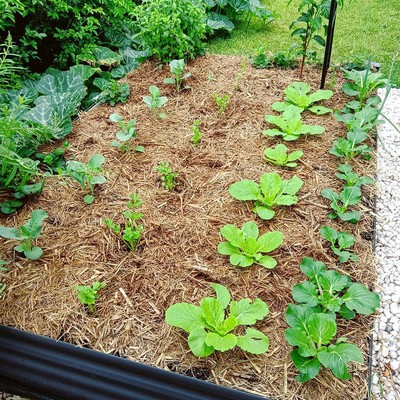
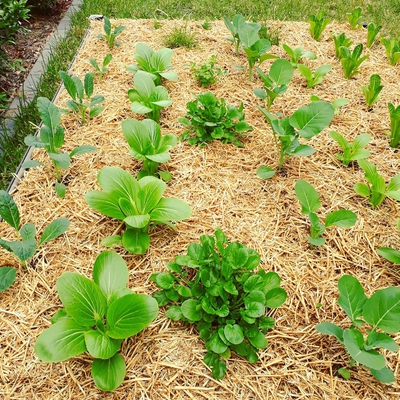
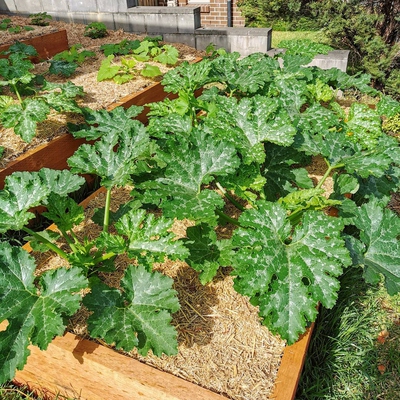
 Crop Rotation
Crop Rotation
Crop rotation is just that - rotating crops so that they aren’t grown in the same spot, year after year.
Some disease-causing organisms will overwinter and multiply in the soil. Vegetable gardens are particularly at risk of this problem. Rotating crops reduces the build up of pests and diseases in the soil by disrupting their life cycle. Rotating crops from different plant families helps to promote better soil fertility and is one of the best pest and disease prevention methods you can use.
For example, if one or more crops from the Nightshade Family (see table below) are grown in the same location in your garden year after year, pests and diseases that favour those crops will be continuously present in the soil, making them increasingly difficult to manage with each growing season. By simply growing these crops in a different garden bed the next year, the plants won’t have to compete with the pests and diseases that may still be in the soil from the previous season.
Crop rotation also helps maintain nutrient levels in the soil. Think of it as having a balanced diet. If the same family of crops are being consistently grown in the same garden bed, they will be draining the same nutrients from the soil, while leaving others behind. This then leads to a nutrient imbalance in both the soil and the plant. Choosing crops from different plant families will greatly minimise the level of nutrient imbalance in your soil.
See table the below for the plant families that benefit from crop rotation.
| Family | Crops in Family |
| Onion / Allium Family (Alliaceae / Amaryllidaceae) |
Chives, Garlic, Leek, Onion, Scallion, Shallot |
| Cabbage / Crucifer / Mustard Family (Brassicaceae / Cruciferae) |
Bok Choy, Broccoli, Broccoli Rabe/Rapini, Brussels Sprouts, Cabbage, Cauliflower, Chinese Cabbage, Collard, Cress, Horseradish, Kale, Kohlrabi, Mustard, Radish, Rutabaga, Swede, Tatsoi, Turnip, Wasabi, Watercress |
| Beetroot / Goosefoot Family (Chenopodiaceae / Amaranthaceae) |
Amaranth, Beetroot, Chard/ Silverbeet, Lamb’s Quarters, Quinoa, Spinach, Sugar Beet |
| Aster / Daisy Family (Asteracea / Compositae) |
Chamomile, Chicory, Dandelion, Endive, Escarole, Globe Artichoke, Jerusalem Artichoke, Lettuce, Marigold, Safflower, Salsify, Scorzonera, Shungiku, Sunflower, Tarragon |
| Squash / Cucurbit Family (Cucurbitaceae) |
Cucumbers, Gourds, Melons, Squash (Pumpkin, Zucchini, Marrow) |
| Bean and Pea Family (Fabaceae / Leguminosae) |
Alfalfa, Beans, Chickpea, Clover, Fenugreek, Lentil, Lupin, Peas, Peanuts |
| Potato / Nightshade Family (Solanaceae) |
Eggplant (Aubergine), Peppers (Chilli Peppers, Sweet Peppers- Capsicum), Physalis (Cape Gooseberry), Potato, Tomato, Tomatillo |
| Carrot Family (Umbelliferae / Apiaceae) |
Caraway, Carrot, Celery, Celeriac, Chervil, Coriander/Cilantro, Cumin, Dill, Fennel, Parsley, Parsnip, Root Parsley |
| Grasses Family (Poaceae / Gramineae) |
Barley, Corn/Maize, Millet, Oats, Rice, Rye, Sorghum, Sugarcane, Wheat |
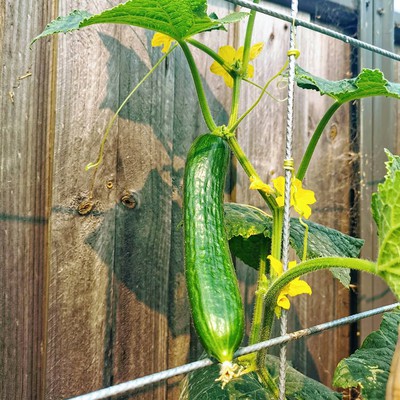
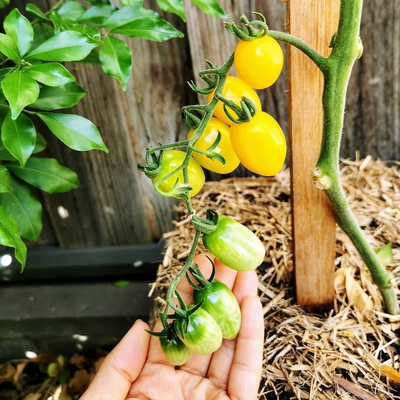
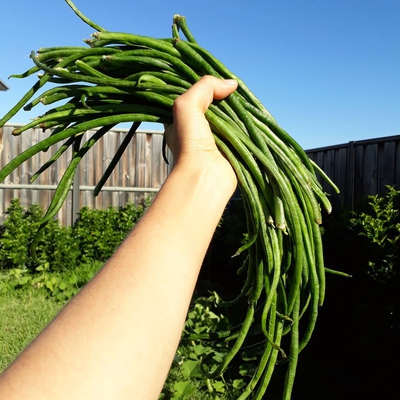
 Diversity
Diversity
Interplanting and dispersing crops around your garden makes them harder for pests to find. For example, planting Cabbage or Broccoli in a few different locations throughout your garden, rather than having a whole bed dedicated to them will make the crops harder for pests to discover. If one section gets discovered by pests, than the others will have more chance of staying safe as they are further away.
Interplanting herbs and flowers is another effective way to protect your garden from pests. Edible flowers such as Marigolds, Nasturtiums and Lavender help mask the scent of your prized edibles and seem to repel insect pests. Herbs such as Dill and Fennel, attract beneficial insects that prey on garden pests. Planting a range of crops as well as strong smelling herbs in and around your vegetable garden will create a diverse and healthy ecosystem that will help limit and control potential pest outbreaks.
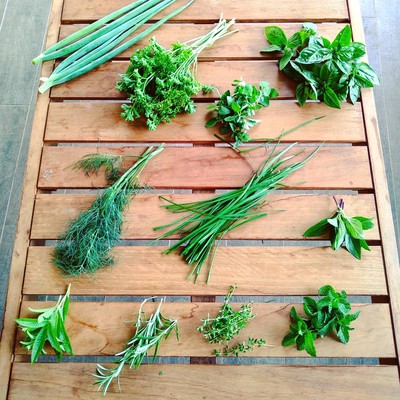
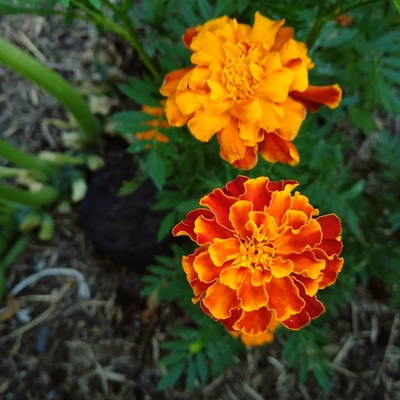
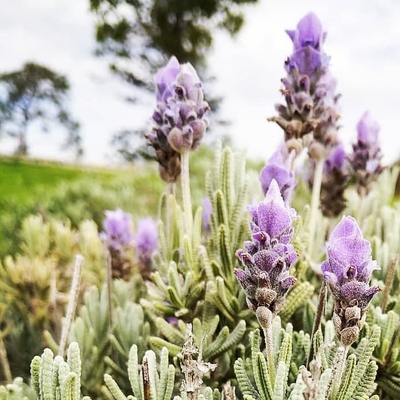
 Weeds
Weeds
Frequent weeding is essential, especially in a vegetable garden. Weeds compete with crops for water and nutrients and often host a range of pests and diseases. Removing weeds promptly before the root system develops or before they flower and turn to seed, will help control their spread throughout your garden.
It's best not to add weeds to your compost pile or they may reseed in your garden.
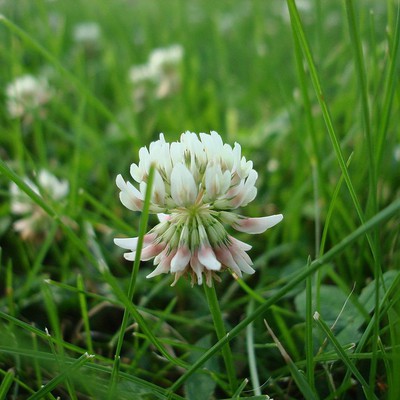

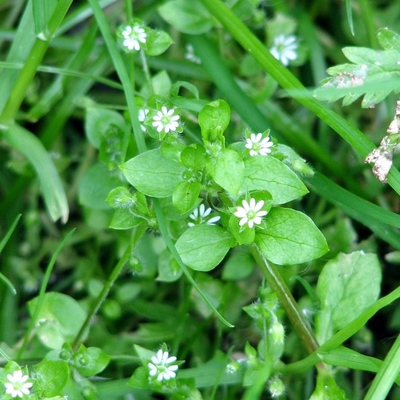
 Manual Control
Manual Control
It is important to inspect your plants regularly for pests. Most pests hide on the undersides of leaves and also lay their eggs there. Checking plants regularly will help avoid an infestation. If caught early, manual removal is a simple and effective method for controlling pests. In small numbers, larger pests such as beetles and caterpillars can easily be picked off and disposed of. Smaller pests such as aphids or mites can be washed off with a spray of water from the garden hose. Eggs can simply be brushed off the undersides of leaves.
For more on controlling pests, see our pests chart.
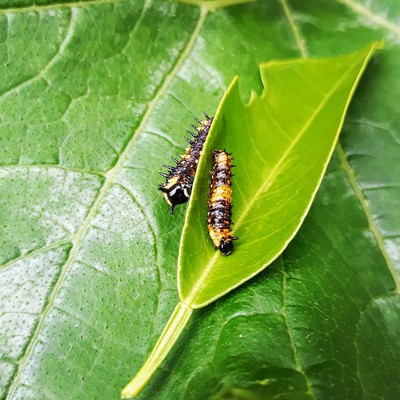
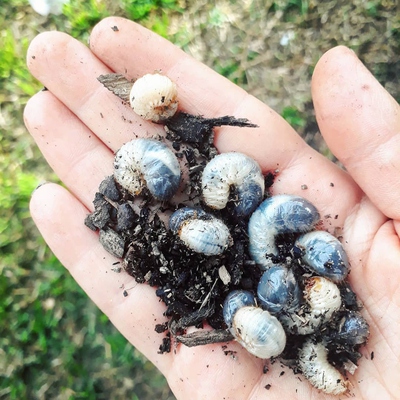
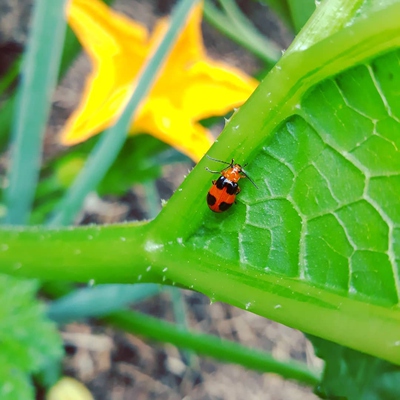
 Organic Pesticides and Fungicides
Organic Pesticides and Fungicides
Pest and disease control is an essential component of any vegetable garden, and sometimes the use of sprays is necessary to combat stubborn pests and diseases. Commercial pesticides often contain toxins that can negatively impact our health and the health of our environment. The chemicals found in pesticides can leave nasty residue on fruit and vegetables or even worse absorb straight in to them. Pesticides can also accumulate in the soil, harming beneficial soil life as well as beneficial insects and wildlife.
It's not all bad though! The good news is, organic pesticides/insecticides are non-toxic and effective ways of controlling and eliminating many pest and disease issues that many arise in your home garden.
Insecticidal Soap Spray
Insecticidal soap sprays are very effective in controlling sap-sucking insects such as Aphids, Spider Mites, Whitefly and Thrips. Soap sprays are also effective on the larvae of many other insects.
Add 2 tablespoons of cooking oil and half a teaspoon of mild dish soap to 1 litre of water and shake well. The combination of the soap and oil will suffocate these pests. Spray onto plants, focusing on the underside of leaves. Repeat in a week to ensure any newly hatched pests are also eliminated.
Garlic Spray
The scent of garlic works as a great deterrent to many pests. Crush or blend an entire head/bulb of garlic, add the blended garlic to 1 litre of hot water and allow it to sit for 24 hours. Strain the garlic out and add the garlic water to a spray bottle, add 2 tablespoons of cooking oil and a few drops of mild dish soap to help the garlic water stick to the leaves. Spray onto plants, including the underside of leaves. The soap and oil will suffocate small sap sucking pests that are present on the plant and the garlic will deter new pests from approaching your plants.
Baking Soda Spray
Baking Soda Spray is beneficial as both a preventative and control method against Blight and Powdery Mildew. Baking Soda works by creating an alkaline environment, so that Powdery Mildew and Blight cannot colonise on the surface of the leaves. Plants can be sprayed fortnightly with this solution.
How to apply:
1. Mix 1 tablespoon of Baking Soda with 1 gallon of water.
2. Mix in 3 tablespoon of cooking oil of your choice. This helps the spray stick to the leaves.
3. Mix in a few drops of mild dish soap to help emulsify everything. It is important to use a gentle dish soap so that you don't burn your plants or harm the fragile soil life.
4. Spray the entire plant until the leaves are dripping, don't forget to spray the underside of the leaves.
Always do a patch test on your plants before spraying.
Milk Spray
Milk sprays work wonders on Powdery Mildew and can be used as both a preventative and control method. Spray plants with a ratio of 30% milk to 70% water. Don't worry if your ratio is a little off, the spray will still work with a lower dilution of milk and a higher milk concentration won't harm your plants. Spray the leaves including the undersides, stems and base of the plant. As a control, re-apply every 10-14 days.
Botanical Oils
Botanical oil sprays are comprised of a combination of plant oils which are effective in eliminating certain pests from your garden. These sprays are sold in most local nurseries and hardware stores.
Premixed Insecticidal soap sprays can also be purchased from most local nurseries and hardware stores.
Caution:
Always spray in the early morning or evenings as spraying in the heat of the day can significantly harm your plants.
It's always beneficial to do a spot test on a few leaves before spraying the entire plant. Do not spray newly germinated or newly transplanted seedlings.
If overused, any sprays (particularly Baking Soda sprays) can harm your plants, causing significant damage to the leaves. Baking Soda sprays can also have negative effects on dry or drought-stressed soil and should only be used in gardens that are watered on a regular basis.
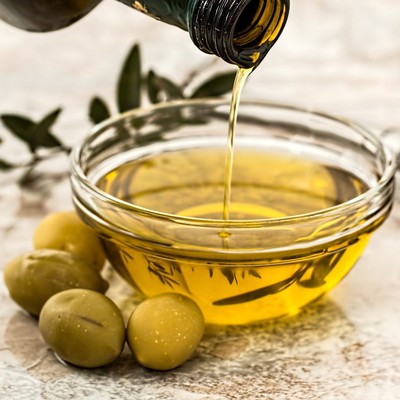
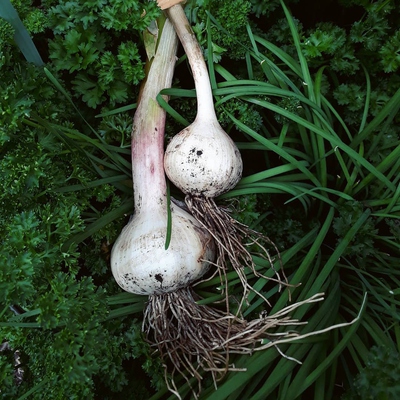
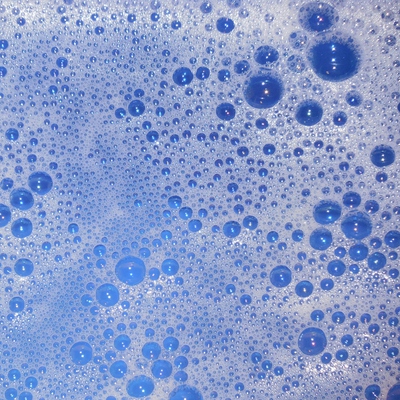
 Repellents & Traps
Repellents & Traps
Crushed Eggshells- Eggshells work as a great deterrent against common garden pests. Crush eggshells into small pieces and sprinkle them on the soils surface around your plants. Slugs, Snails, Cutworms and other insects are put off by the texture of the eggshells and will avoid crawling over them.
Spent Coffee Grounds- Coffee grounds work similarly to eggshells, creating a barrier around your plants that Slugs and Snails do not like to crawl over. The smell of coffee grounds also works to repel a range of pests.
Beer Traps- Pour beer into small containers and place them in your garden beds. Beer also protects your plants against Slugs and Snails, however it is more of a killer than a deterrent. Slugs and Snails are attracted to beer and will essentially fall in and drown when trying to take a sip.
Vinegar Traps- Fungus Gnats can become an issue in garden beds, particularly after periods of wet weather. Place small cups of Apple Cider vinegar in your garden, Fungus Gnats are attracted to the vinegar and will fall in and drown when trying to take a sip.
Sticky Traps- Place sticky traps, such as double sided tape loosely around the base of your plants, and/or hang pieces of bright yellow cardboard coated in double sided tape or another sticky substance around your garden beds. The yellow colour will attract the pests and the tape/sticky substance will trap them. These traps work well for small insects such as Whitefly, Fungus Gnats, Aphids, Thrips and Mites. If placing tape around the base of your plant, don't forget to remove it when you are done, as the tape will become restrictive as the plant grows.
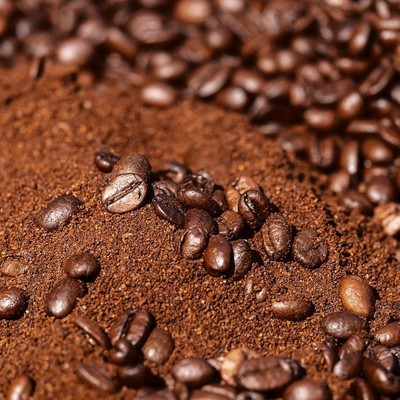
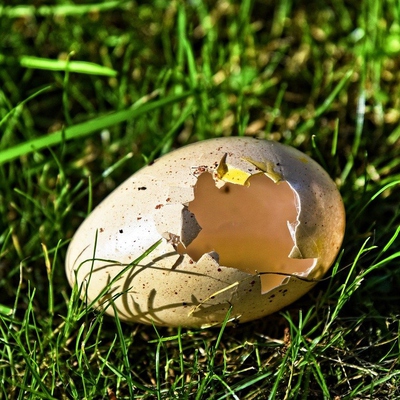
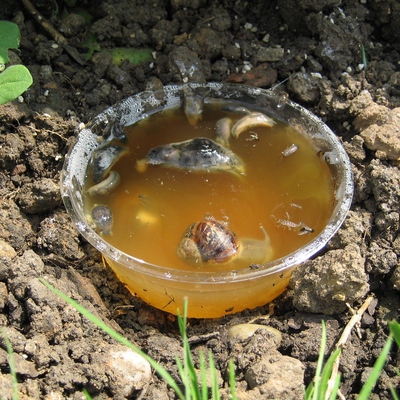
 Exclusion
Exclusion
Fruit fly mesh and exclusion bags are an effective and simple way of protecting your crop against damage from insects and animals. While mesh and exclusion bags may be a little unsightly in the garden, they are the most reliable and fuss-free method of pest control there is. Exclusion is the perfect alternative to sprays and traps, it's quick and simple to use and provides plants with some protection from wind and sun.
If you are using netting over your trees and crops, ensure that it is densely woven otherwise insects will crawl straight through. If the gaps in the netting are big enough to poke your finger through, than wildlife such as small birds and bats will become entangled in them, causing serious injury and death. Keep this in mind when choosing your products.
Another effective form of exclusion, is creating a boundary around newly germinated or newly transplanted seedlings. This form of exclusion can be achieved by placing a small plastic pot or bottle with the bottom cut out, around the seedling to fence it off from critters. Bury the sides an inch or so into the soil to prevent the critters from crawling in underneath. The cardboard tubes from toilet paper rolls are also a great option for this. In addition, toilet rolls can be used to sow seeds directly into. Simply cut the rolls in half, bury the sides into the ground slightly and sow the seeds directly into the center of the tube. This will help keep the seeds safe prior to and post germination. This method is most suited to quick germinating seeds such as peas and beans, as they are able to benefit from the protection of the toilet roll before it starts to decompose. Once the seedlings are big enough, simply remove the toilet roll by snipping the sides.
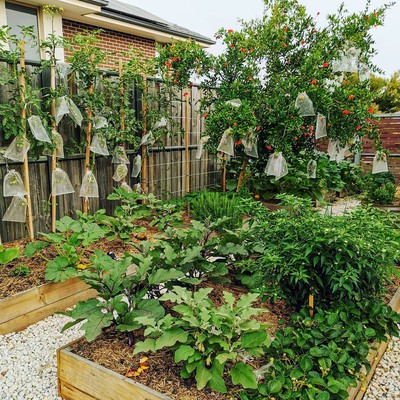
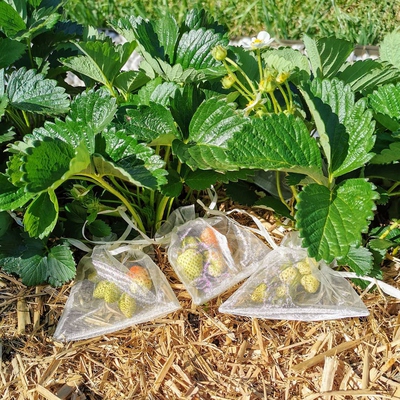
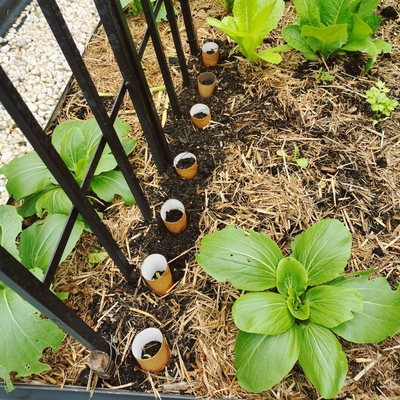
 Additional Planting
Additional Planting
It’s always handy to plant extra seedlings for peace of mind, just in case you lose some to pests, diseases or poor weather conditions. Having a few back up plants will also ensure that you don't fall behind in the growing season if something does go wrong.
